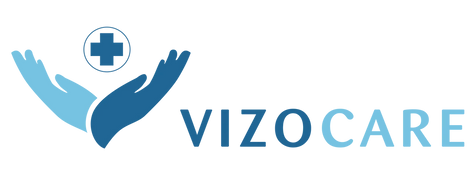
What Does Chemical Resistance for Disposable Gloves Really Mean?
In the complex world of industrial and laboratory settings, where various chemicals and substances are manipulated, ensuring the safety of workers is the top priority. One crucial aspect of this safety is the proper selection of protective gear, particularly disposable gloves. Chemical resistance is a term often thrown around when discussing the effectiveness of gloves, but what does it really mean, and why is it so important?
Understanding Chemical Resistance:
Chemical resistance in disposable gloves refers to their ability to withstand exposure to different chemicals without degrading or allowing the substances to penetrate through to the skin. The goal is to create a barrier between the wearer and potentially harmful chemicals, preventing skin contact and subsequent health risks.
Types of Chemical Resistance:
Permeation Resistance: Permeation is the process by which chemicals move through a protective material on a molecular level. Disposable gloves with high permeation resistance provide better protection against chemicals. Understanding the permeation breakthrough time (how long it takes for a chemical to permeate through the material) and permeation rate (the amount of chemical passing through in a specific time) is crucial in selecting the right gloves.
Degradation Resistance: Some chemicals can cause the material of gloves to degrade, leading to physical changes such as swelling, shrinkage, or embrittlement. Degradation-resistant gloves maintain their structural integrity in the presence of various chemicals.
Penetration Resistance: While permeation is about the movement of chemicals at a molecular level, penetration resistance focuses on physical resistance to sharp objects or punctures. This is particularly important in environments where sharp tools or objects are handled along with chemicals.
Factors Affecting Chemical Resistance:
Material Composition: Different glove materials offer varying degrees of chemical resistance. For example, nitrile gloves are known for their resistance to a wide range of chemicals, whereas vinyl and latex gloves may not provide the same level of protection.
Thickness of the Material: Thicker gloves generally provide better chemical resistance, but this comes at the expense of flexibility and dexterity. It's essential to strike a balance based on the specific needs of the task.
Temperature and Duration of Exposure:
The duration of exposure and temperature can impact the performance of gloves. Some materials may become more permeable at higher temperatures or during prolonged exposure, emphasizing the need to choose gloves that are suitable for the specific conditions.
In conclusion, the term "chemical resistance" is not a one-size-fits-all concept. It involves a nuanced understanding of the specific chemicals used, the duration of exposure, and the environmental conditions. Selecting the right disposable gloves with appropriate chemical resistance is a crucial step in ensuring the safety and well-being of individuals working in environments where chemical exposure is a constant concern.
Remember, an informed choice in selecting gloves goes beyond compliance; it is an investment in the health and safety of those on the front lines of chemical handling. So, the next time you see the term "chemical resistance" associated with gloves, you can appreciate the depth and importance of this characteristic in safeguarding lives.
Leave a comment